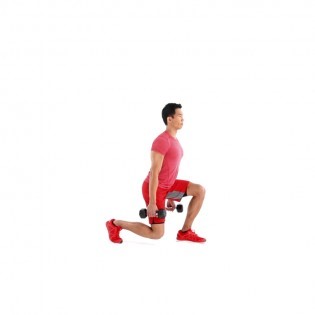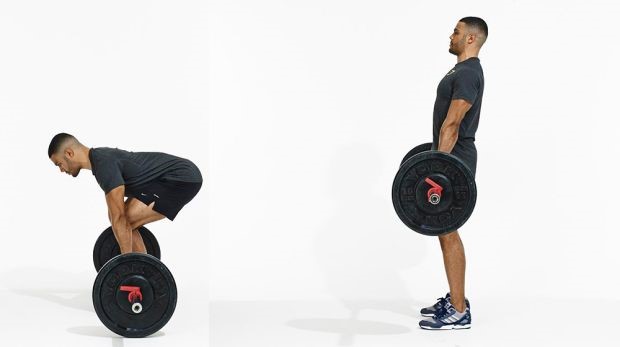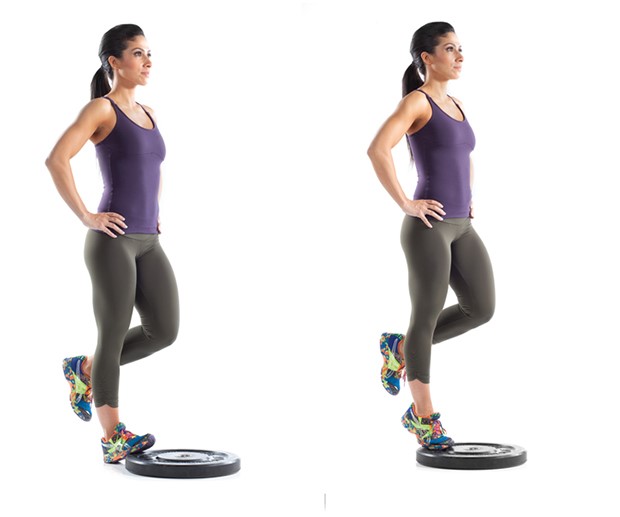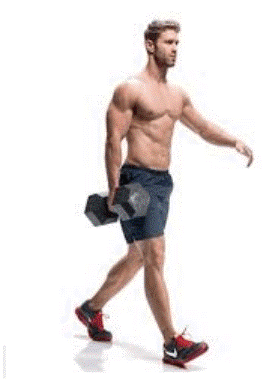Patellofemoral pain syndrome (PFPS) is a condition typified by a vague, diffuse pain around the knee. It is often most noticeable during running and walking up and down stairs or hills and is a frustrating injury because it can severely limit a sufferer’s ability to partake in sports and activities they enjoy. While the pain usually isn’t associated with significant damage, the pain itself can be severely limiting. One of the first steps to getting back to activities pain-free is to reduce the aggravating activities to allow the pain to settle and to start a strength training program.
Traditionally it was thought that the most important muscles to help prevent and relieve PFPS were the VMO (one of the quadriceps muscles on the inside of the patella) and the gluteus medius (one the glute muscle on the outside of the hip). However, recent research shows that specific exercises for those muscles have no better outcomes than general exercises. Therefore, the goal of strength training for PFPS should be to have a comprehensive program to strengthen the whole lower body to not just rehab PFPS but improve performance and reduce the risk of other lower limb injuries.
Here is a sample of exercises we use for runners and other athletes recovering from PFPS:

Split Squats:
A fantastic foundational exercise, split squats help develop strength in the quads, hamstrings and lateral (outside of the hip) glutes as well as develop balance in a split stance position. These place more emphasise on the quads and lateral hip muscles than the other exercises in the program.

Deadlift:
Another fantastic foundational exercise, deadlifts are great for developing strength in the hamstring, glute max (the big, main glute muscle) and back muscles. Deadlifts particularly strengthen hip extension which is very important in running and athletic movements.

Calf Raises:
Surprisingly the calf muscles (gastrocnemius and soleus) are the muscles that receive the most load during running (6-8 x bodyweight), more than the quads (4-6 x bodyweight), hamstrings, glute medius (2.6-3.5 x bodyweight) or glute max (1.5-2.8 x bodyweight). Therefore, it is important to strengthen these muscles to improve their ability to cope with the loading they receive during running .

Suitcase carry:
A great, simple exercise for the lateral core muscles which play an important role in helping keep the pelvis level during running.
These four exercises together provide a comprehensive strength program that strengthen almost all the muscle of the lower body. Together with a temporary reduction or modification to activity and exercise they can help get you back to what you want to do pain-free.

